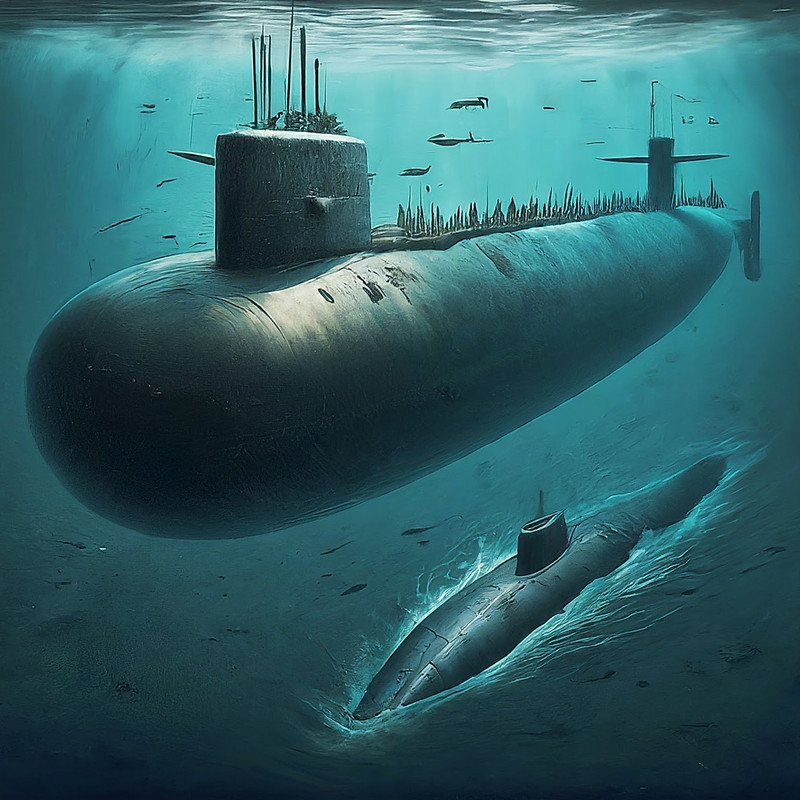SOURCE: AFI

The undersea realm harbors a silent rivalry between two classes of attack submarines: the Chinese-derived Hangor class operated by Pakistan and the French-inspired Kalvari class of the Indian Navy. Both represent significant advancements in their respective navies’ capabilities, but key differences set them apart.
Let’s dive into a comparative analysis of these underwater predators.
Size and Displacement:
- Hangor: Larger with an estimated displacement of 2,800 tons, offering potentially more space for internal systems and crew comfort.
- Kalvari: More compact at 1,775 tons, offering better maneuverability in shallower waters but potentially less internal volume.
Propulsion:
- Hangor: Equipped with conventional Chinese diesel-electric engines and an Air-Independent Propulsion (AIP) system, providing longer underwater endurance. Specific details of the AIP system remain unclear.
- Kalvari: Relies solely on conventional diesel-electric engines, limiting underwater endurance compared to the Hangor. However, plans to integrate indigenous Fuel Cell AIP are underway, potentially closing the gap.
Armament:
- Hangor: Carries six 533mm torpedo tubes and can launch missiles like Babur 3 and anti-ship missiles. Specific information on its payload capacity is limited.
- Kalvari: Equipped with six 533mm torpedo tubes and can launch a wider range of weapons, including heavyweight torpedoes, anti-ship missiles like Exocet, and even DRDO developed Land-attack cruise missiles like ITCM and BrahMos-NG. Its payload capacity is well-defined.
Sensor Suite:
- Hangor: Details of its sensor suite are scarce, but it likely incorporates modern sonar and electronic warfare systems.
- Kalvari: Equipped with a sophisticated French-derived S-Cube – Integrated Submarine Sonar Suite, including advanced sonar systems and electronic warfare capabilities. S-Cube is also equipped on the Four Brazilian Navy’s Scorpène and also on the Peruvian Navy’s Type 209/1200 submarines.
Key Differences:
- Endurance: Hangor potentially has an edge due to its AIP system, but the specific technology remains shrouded in secrecy.
- Weaponry: Kalvari boasts a wider array of confirmed weapon options, offering greater operational flexibility.
- Sensor Suite: Both are likely modern, but Kalvari’s established French technology provides proven performance.
Unveiling the Winner:
Declaring a clear victor is challenging due to limited information about the Hangor class. While the Hangor might have an endurance advantage, Kalvari’s proven capabilities and wider weaponry spectrum shouldn’t be underestimated. Ultimately, the effectiveness of each submarine depends on its specific operational deployment and crew proficiency.
Beyond the Spec Sheet:
It’s crucial to remember that these submarines are merely tools within a broader strategic context. Their impact hinges on factors like training, support infrastructure, and overall naval strategy. Evaluating these factors adds another layer of complexity to understanding their true potential.
This analysis aims to provide a glimpse into the capabilities of the Hangor and Kalvari classes, highlighting their strengths and limitations. As these submarines continue to evolve and operate in their respective maritime theaters, the underwater landscape in the region promises to remain intriguing and dynamic.